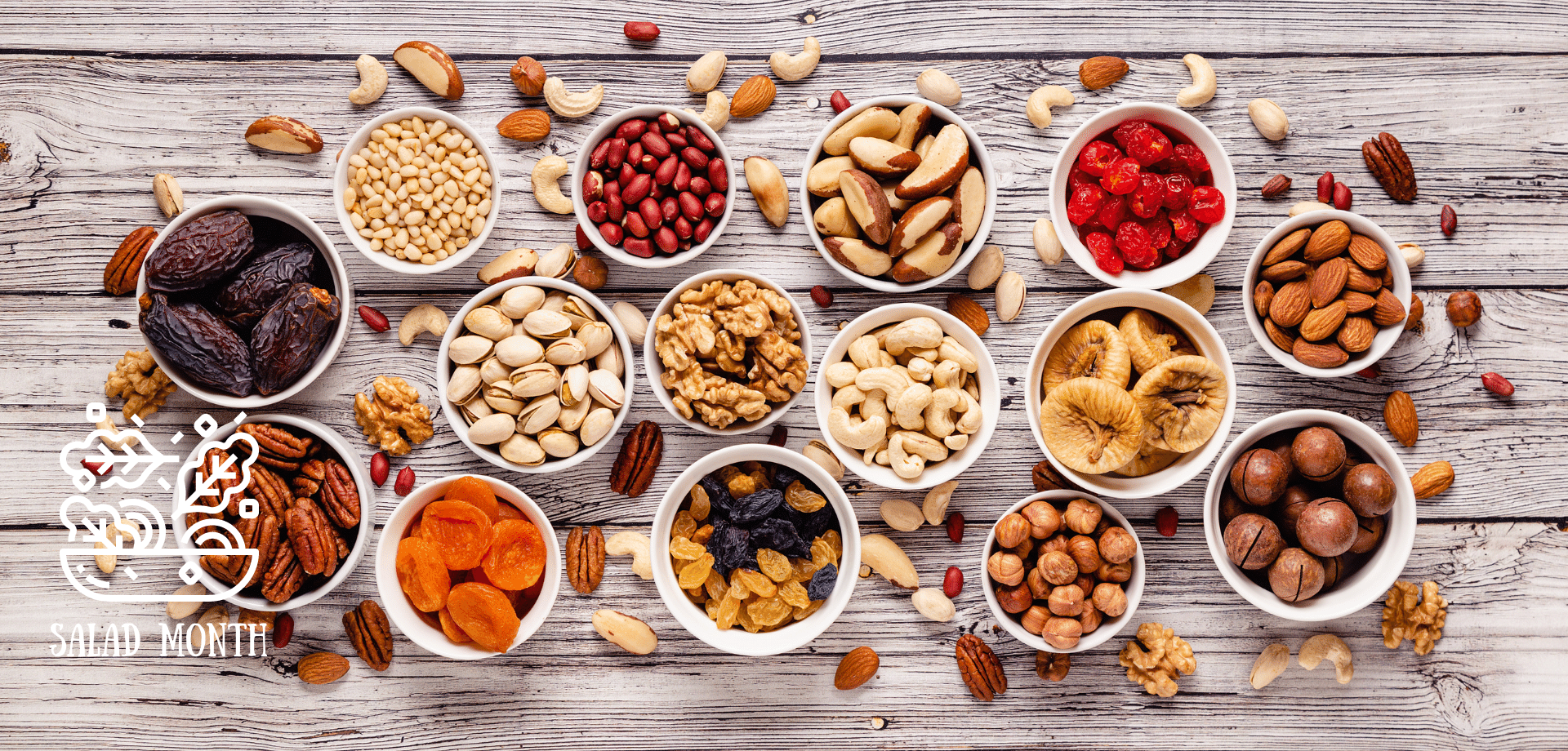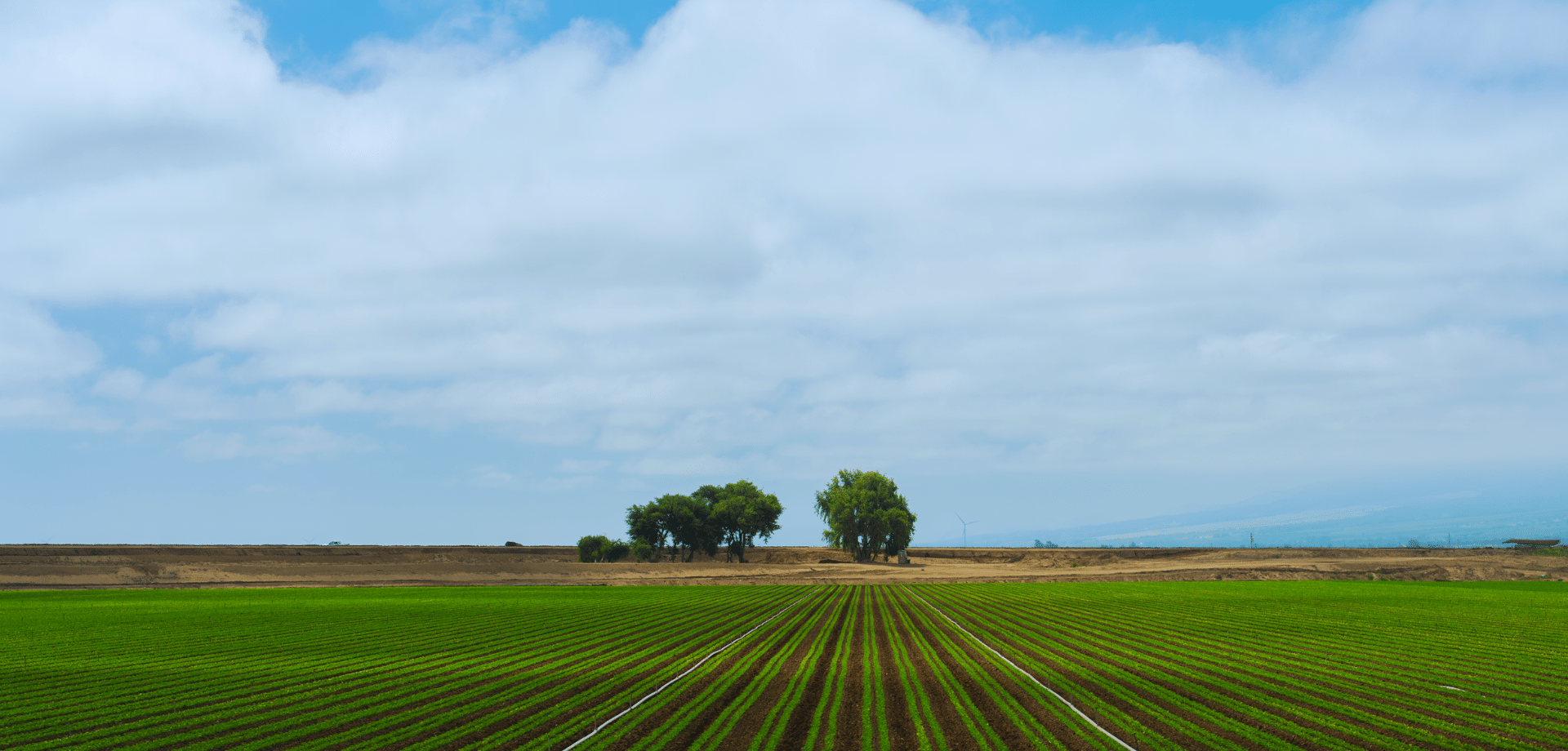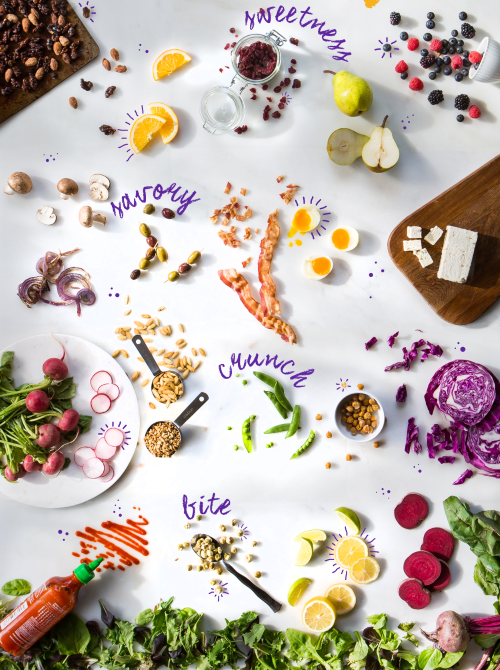If you’re like a majority of your fellow Americans, climate change is something you’re concerned about. And whether you know it or not, all that delicious, fresh, healthy organic produce you put into your shopping cart (whether online or in-store) is helping fight climate change. Well…at least the dirt it’s grown in is. See, it’s all about the benefits of robust, healthy soil, above and beyond even all that delicious organic food it produces. Organic farming has always been regenerative: organic soils get richer, healthier, and more productive the longer they’re farmed organically. Any of our farmers will be happy to tell you how true this is. Earthbound Farmer Stan Pura illustrated the point by talking about some of the ranches that we converted to organic in the early days “that were somewhat marginal in the beginning are so much more forgiving today because we’ve been building the soil health for two and a half decades.”
 The thing is, we love to eat. We need to eat. But agriculture is one of the major contributors to climate change. However, it can also be a source of mitigation. See, organic agriculture reverses climate change by pulling carbon out of the air and returning it to the soil. Research from the Rodale Institute Farming Systems Trial, the longest running, side-by-side comparison of conventional and organic agriculture, shows that, “If only 10,000 medium sized farms in the U.S. converted to organic production, they would store so much carbon in the soil that it would be equivalent to taking 1,174,400 cars off the road, or reducing car miles driven by 14.62 billion miles.” In short, organic farming practices generally contribute to healthier soil, which leads to less carbon dioxide in the atmosphere, slowing climate change.
The thing is, we love to eat. We need to eat. But agriculture is one of the major contributors to climate change. However, it can also be a source of mitigation. See, organic agriculture reverses climate change by pulling carbon out of the air and returning it to the soil. Research from the Rodale Institute Farming Systems Trial, the longest running, side-by-side comparison of conventional and organic agriculture, shows that, “If only 10,000 medium sized farms in the U.S. converted to organic production, they would store so much carbon in the soil that it would be equivalent to taking 1,174,400 cars off the road, or reducing car miles driven by 14.62 billion miles.” In short, organic farming practices generally contribute to healthier soil, which leads to less carbon dioxide in the atmosphere, slowing climate change.
How is that possible? It starts with something you may remember learning about in elementary or middle school: photosynthesis. In brief, people and animals breathe in oxygen and breathe out carbon dioxide. Plants take in that carbon dioxide and transform some of it into oxygen, releasing it back into the atmosphere for people and animals to breathe back in. The remaining carbon, however, stays in the plant tissue. When the plants die and decompose, the stored carbon goes into the soil. This is called “carbon sequestration,” and it contributes to the overall “soil organic matter,” or SOM.

Farming operations such as hydroponic, aquaponic, indoor greenhouses, and vertical farms can’t store any carbon in their soil because, well, they don’t have soil!
Photosynthesis and carbon sequestration happen whether the farm is certified organic or not. However, through organic farming and ranching practices, we can increase the speed and length of carbon sequestration, reducing the overall levels of carbon dioxide in the atmosphere.
Think of organic farming as feeding the soil and caring for it, instead of depleting it. All of these practices add beneficial nutrients and natural organic matter to the soil, create a thriving environment for helpful bacteria and microbes, and make the soil more capable of storing carbon long-term. So when you choose organic, you’re supporting a farming system that that’s planet positive in so many ways.



 Jammy Eggs. To us, the jammy egg is a near perfect addition to a baby greens salad, especially with a nice vinaigrette. And a little candied bacon never hurt. It’s a great light meal when you get home late and tired.
Jammy Eggs. To us, the jammy egg is a near perfect addition to a baby greens salad, especially with a nice vinaigrette. And a little candied bacon never hurt. It’s a great light meal when you get home late and tired.




 We’ve learned a lot over the nearly 40 years we’ve been farming organically, but there’s so much more to learn. We recently hosted a delegation of about 40 farmers who are interested in learning how to use more biological/natural controls on their farms and reduce their use of the other stuff. They were there so we could walk them through the field trials of some regenerative practices we’ve got going on, including cover crops. We’re always happy to share what we’ve learned and what we hope to learn.
We’ve learned a lot over the nearly 40 years we’ve been farming organically, but there’s so much more to learn. We recently hosted a delegation of about 40 farmers who are interested in learning how to use more biological/natural controls on their farms and reduce their use of the other stuff. They were there so we could walk them through the field trials of some regenerative practices we’ve got going on, including cover crops. We’re always happy to share what we’ve learned and what we hope to learn. Cover crops, that is. They’re called cover crops because they cover the land when the food crop is not being grown. They benefit soil health and the total ecosystem in various ways while they are growing and continue to add benefits when they die and are worked back into the soil.
Cover crops, that is. They’re called cover crops because they cover the land when the food crop is not being grown. They benefit soil health and the total ecosystem in various ways while they are growing and continue to add benefits when they die and are worked back into the soil.

 ).
).


 basically an embryonic leaf that is the first leaf (or leaves) to appear when a seed is germinating. Cotyledons are responsible for photosynthesis to get the little spinach plant growing, but are not true leaves because they are present in the seed before it germinates. True leaves grow after the seed has germinated. Typically, those cotyledons fall away before it’s time to harvest. So when you see a few cotyledons in your package of spinach, our farmers probably had to harvest the spinach slightly earlier than planned, usually because Mother Nature threw them a bit of a curveball with unexpected weather or other unfavorable conditions. Those cotyledons aren’t bad for you, so no need to worry if you find some. But now you’ll have insider knowledge about what was going on with the farm at harvest.
basically an embryonic leaf that is the first leaf (or leaves) to appear when a seed is germinating. Cotyledons are responsible for photosynthesis to get the little spinach plant growing, but are not true leaves because they are present in the seed before it germinates. True leaves grow after the seed has germinated. Typically, those cotyledons fall away before it’s time to harvest. So when you see a few cotyledons in your package of spinach, our farmers probably had to harvest the spinach slightly earlier than planned, usually because Mother Nature threw them a bit of a curveball with unexpected weather or other unfavorable conditions. Those cotyledons aren’t bad for you, so no need to worry if you find some. But now you’ll have insider knowledge about what was going on with the farm at harvest.





